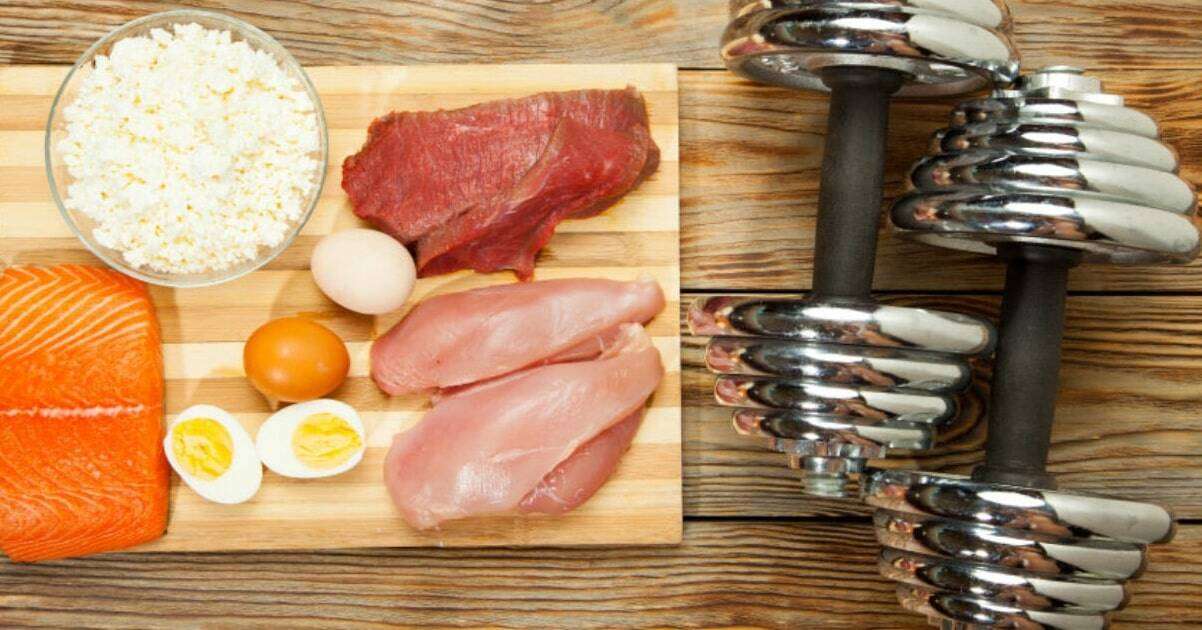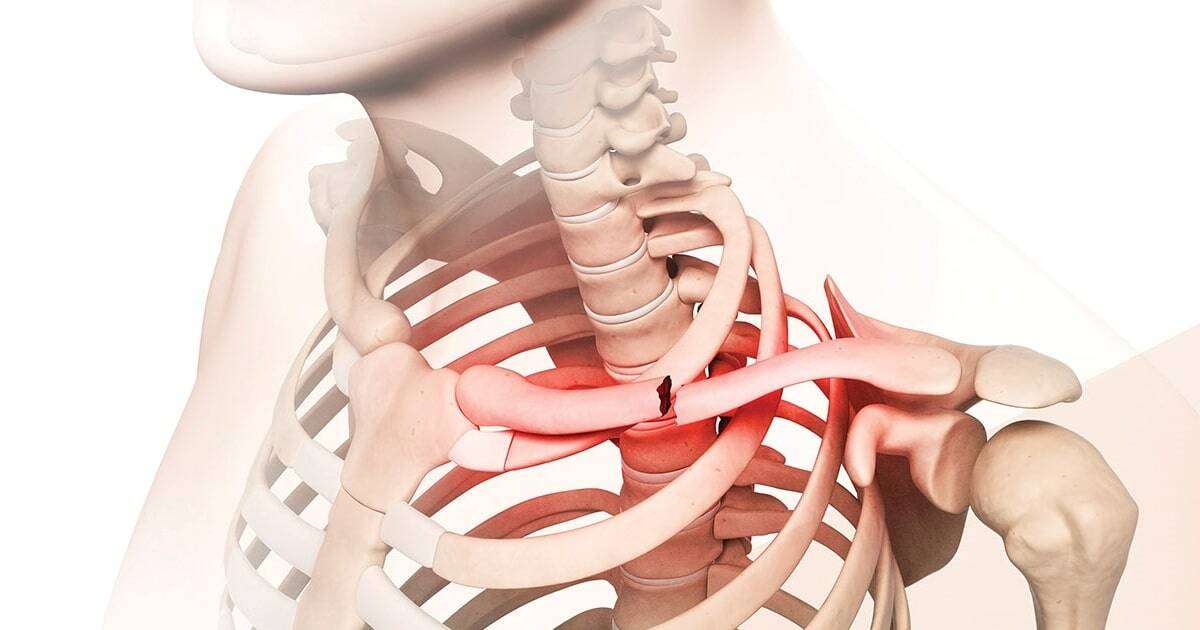
Diet to gain muscle
November 17, 2021
Osteoporosis and exercise
December 1, 2021
Diet to gain muscle
November 17, 2021
Osteoporosis and exercise
December 1, 2021The glycemic index (GI) corresponds to the ability of a carbohydrate food to increase blood glucose, that is, to increase the amount of sugar in the blood.
DATE: November 2021
AUTHOR: Rui Madeira | Health
Therefore, RM Trainer believes that it is important to know the GI of certain foods, to help control hunger, anxiety, increase the feeling of satiety and regulate the amount of glucose in the blood.
According to Nutritionist Zanin, T. (2021) in an article in Tuasaúde, the GI value of foods is not calculated based on a portion of food, but corresponds to a comparison between the amount of total carbohydrates that the food has and the amount of glucose, whose GI is 100.
Furthermore, to determine this index, in addition to the amount of carbohydrate, it is also taken into account how quickly they are digested and absorbed.
Foods with a GI of less than 55 are considered to have a low index and are generally healthier. Those with an index between 56 and 69 have a moderate GI, and foods with a GI greater than 70 are considered to have a high index, and it is recommended to avoid or consume them in moderation.
Here are some of the low, medium and high GI foods most commonly consumed by people:
Foods rich in carbs
Low GI
Oatmeal (54) / Wholemeal bread (53) / Wholemeal pasta (49) / Barley (30)
Medium IG
Brown rice (68) / couscous (65) / Cassava flour (61) / Soft drink (59)
High GI
White rice (73) / Gatorade (78) / Cracker rice (87) / White bread (75)
Main vegetables
Low GI
Beans (24) / Lentil (32) / Vegetable soup (48) / Cooked carrots (39) / Cooked soybeans (20) / Baked sweet potatoes (44)
Medium IG
Boiled Pumpkin (64) / Green Banana (55) / Turnips (62) / Peas (54) / French Fries (63) / Shelled Sweet Potato (61)
High GI
Mashed potatoes (87) / Potatoes (78)
Main fruits
Low GI
Apple (36) / Strawberry (40) / Orange (43) / Orange Juice (50) / Banana (51) / Mango (51) / Peach (28) / Pear (33) / Blueberries (53)
Medium IG
Kiwi (58) / Papaya (56) / Pineapple (59) / Grape (59) / Cherries (63) / Melon (65)
High GI
Watermelon (76)
Oilseeds such as nuts and seeds
Low GI
Nuts (15)
Medium IG
Cashew Nut (25)
High GI
Peanuts (78)
Milk and dairy products (all low GI)
Soy milk (34) / Whole milk (39) / Skimmed milk (37) / Fermented milk (46) / Natural yogurt (41) / Natural skimmed yogurt (35)
RM Trainer emphasizes the importance of opting for meals with a low to medium GI, as this reduces fat production, increases satiety and reduces hunger.
Note that the GI of meals is different from the GI of isolated foods, as during the digestion of a meal, foods mix and cause different effects on blood glucose.
Thus, if a meal is rich in carbohydrate sources, such as bread, potato chips, soda and ice cream, it will have a greater ability to increase blood sugar, bringing harmful effects to health such as increased weight, cholesterol and triglycerides .
On the other hand, a balanced and varied meal, containing, for example, rice, beans, salad, meat and oil, will have a low GI and keep blood sugar stable, providing health benefits.
A good tip to balance meals will always be to include whole foods, fruits, vegetables, nuts and protein sources such as milk, yogurt, eggs and meat.
Now it's up to you, make good choices!
